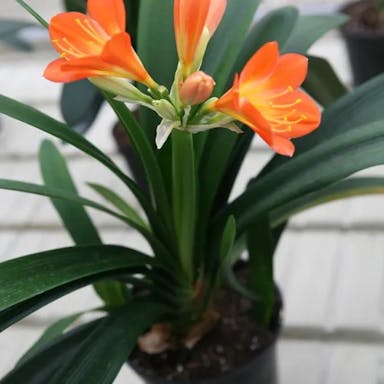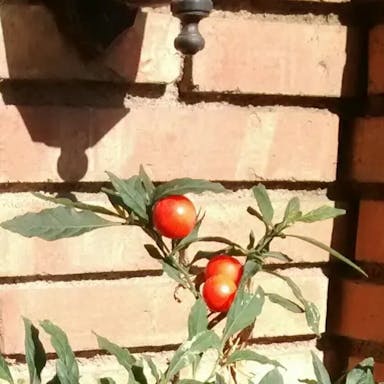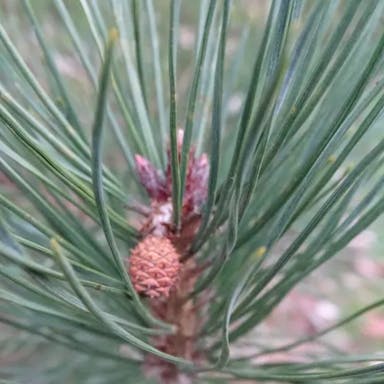Minnieroot, also known as Ruellia tuberosa, is a plant that belongs to the family. It is from the areas of the including the Mexico, and America. This plant has roots, which are used for and storage of nutrients. The produces beautiful that are typically or in color, although there are also white and varieties. The are trumpet-shaped and have petals, with a prominent throat. They throughout the year, attracting pollinators such as bees and butterflies. This plant is classified as an , meaning it dies back to the ground in winter and from the roots in spring. It can reach a height of 1 to 3 feet, with a spread of about 2 to 4 feet. Ruellia tuberosa is to grow, as it is to a wide range of soil types and can tolerate both full sun and partial shade. It is once established and minimal maintenance. In terms of , Ruellia tuberosa is often associated with beauty, grace, and resilience. It is also believed to have and is used in traditional herbal remedies for various ailments. The of Ruellia tuberosa is a small capsule that contains numerous tiny seeds. These seeds can be collected and sown to new plants. Overall, Ruellia tuberosa is a and attractive plant that can be a addition to gardens and landscapes in tropical and subtropical regions.
0
0












